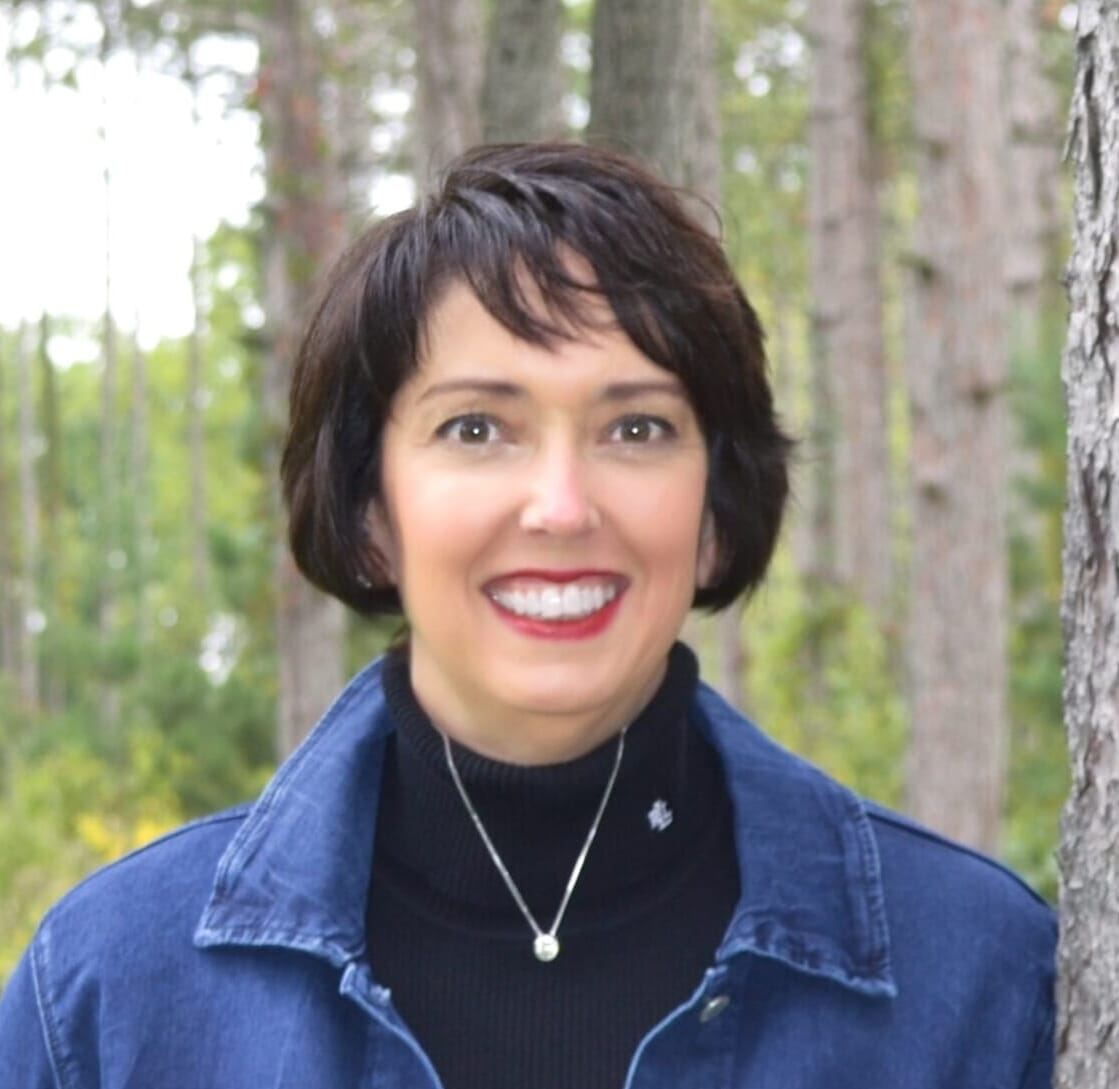



Leman Swine Conference: Continuous sow care training reduces sow mortality
Eichelberger Farms veterinarian Dr. Angie Supple says combining classroom learning with in-barn practice improved sow mortality and antibiotic efficiency
Dr. Angie Supple, veterinarian with Eichelberger Farms in Wayland, Iowa, was recently interviewed by The Pig Site’s Sarah Mikesell in St. Paul, Minnesota, USA at the Leman Swine Conference.
Dr. Supple, why is sow care so important.
I think it's something that we always need to focus on whether you're involved in production or if you're a herd health veterinarian. Sow care is one of the most critical pieces when we look at the success and productivity of a sow farm. It begins and ends with the sow, so all the different aspects of sow care are going to play into her ability to be productive, produce big litters and healthy pigs that are retained in the herd. Then the other aspect that I always like to focus on is the animal welfare component that goes into sow care as well.
You conducted some research at a large sow farm. Tell us about the challenges the farm faced and how you conducted the research.
We had a large 5,000 head sow farm where we were struggling with an increase in sow mortality. This farm has an open pen gestation (OPG) system. If you have challenges like lameness or sow mortality among your different farms, OPG situations can exacerbate them. Your challenges become more obvious.
Sow mortality was one of the metrics that we wanted to look at and see if changes or an increase in individual sow care would impact and lower our sow mortality. We did a combination of in classroom and on-farm hands-on training in a very routine systematic approach with the sow farm to see if we could move the needle to improve sow mortality.
What were the study results?
We were able to significantly reduce sow mortality on this farm. We had done this combination of in-classroom and hands-on training, and I think the component of the hands-on aspect is really where I settle on the importance.
As a system, I would say we have a great training program, and we did a good job there. Then being able to translate what you learn in a classroom or on a piece of paper, bringing it into the barn and teaching it to new employees and constantly revisiting it even with employees that have had tenure is important.
I learn best through experience, and it’s how you apply things. Different challenges arise, and you have to consider how you're going to approach it. The farm’s issue wasn't a lack of training; it was taking that training and translating it into hands-on learning with the staff.
Not only did we see the mortality metric improve, but it led to decreased antibiotic costs because we were identifying sick animals sooner, which was a key component to decreased mortality. We’ve been able to maintain it too even after the project was completed. A lot of thanks to Zoetis for all their help with this program.
The feedback that we've received from staff has been extremely positive. This is just one part of a comprehensive sow program. Somebody might have said, ‘we have high sow mortality; we're not shooting the right antibiotic.’ It wasn't that we weren't using the right product – it might be a timing issue? There are many different things that go into why we might have increased mortality or lameness – it’s not just disease. Focusing on everything and not just being fixated on one aspect was an important piece that we took away from this too.
What do these findings suggest based on the challenges at this farm?
It's just another reiteration of how important it is to take your in-classroom trainings, and bring it into the farm with a plan to revisit it. As things come up, new challenges arise, new situations – being able to talk through them without delay.
This is one of the key components because people aren't doing things wrong because they intentionally want to do something wrong. There's a disconnect. They don't know what they don't know. Those opportunities are where it becomes evident and where improvements can be made.
It keeps everybody talking about it and keeps how important individual sow care is at the forefront of their mind.
Correct, for example, as things tend to go good on your farm, you tend to lose focus on some things because you think everything is great. We're doing what we're supposed to, but that's when things can slowly creep back up and become a problem again. Like I said before, the sow is the backbone of the herd. Maintaining great sow care all the time, whether things are great or not, is crucial.
What was a problem a week ago may not be the same problem today, right? This does keep people talking.
It does. Then it also empowers some of our senior people to help foster that relationship and continue to teach newer employees. One of our goals would be to improve employee retention. I'd say overall, a good training program does that. That's another key component that these continuous hands-on trainings will provide for your farm.








